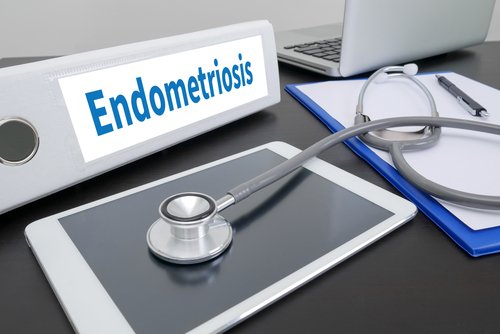Researchers have concluded that patients with adenomyosis or endometriosis have both gynecological and non-gynecological comorbidities that should be carefully monitored by physicians.
The study with these findings, “Comorbidity of gynecological and non-gynecological diseases with adenomyosis and endometriosis,” was published in the journal Obstetrics and Gynecology Science.
Adenomyosis and endometriosis are common gynecological diseases in women of reproductive age. These diseases are characterized by the presence of endometrial glands outside the endometrium (the membrane that lines the inside of the uterus). These conditions are comorbidities as the prevalence of endometriosis in adenomyosis is 80.6 percent, while the prevalence of adenomyosis in endometriosis is 91.1 percent.
Comorbidities are defined as the coexistence of two or more diseases within the same individual. However, it is always defined in relation to a specific initial condition. Understanding comorbidities can provide additional information about the potential link between the diseases and their shared pathology. For example, up to 75 percent of patients with diabetes have hypertension, which is due to the common risk factors that are shared between the two conditions.
Korean researchers set out to identify comorbidities in patients with adenomyosis and endometriosis, using the Health Insurance Review and Assessment data from 2009 to 2011.
Researchers selected 61,516 records of patients who either had adenomyosis or endometriosis. Researchers then conducted statistical meta-analysis to determine comorbidities.
Results showed that diagnosis of adenomyosis was significantly correlated to 31 diseases, while a diagnosis of endometriosis was significantly correlated with 44 diseases. Both gynecological and non-gynecological diseases had significant associations with adenomyosis and endometriosis.
Specifically, uterine leiomyoma, a common uterine benign tumor, and benign ovarian tumor were significantly related to both endometriosis and adenomyosis.
With regards to non-gynecological diseases, anemia, hypercholesterolemia (high cholesterol) and hyperlipidemia (high level of fats) were significantly associated with both adenomyosis and endometriosis.
“We must monitor for the presence of gynecological and non-gynecological diseases with comorbidities during evaluations and follow-up of patients with adenomyosis or endometriosis,” the authors concluded.
Interestingly, iron deficiency anemia was more prevalent in patients with adenomyosis, but less prevalent in the endometriosis group. Additionally, both hypercholesterolemia and hyperlipidemia demonstrated low but significant comorbidity with adenomyosis and endometriosis.
Therefore, the authors wrote, “gynecological diseases, such as uterine myoma and benign ovarian tumor, and non-gynecological diseases, such as anemia and hypercholesterolemia, were comorbid with adenomyosis and endometriosis in Korean women.”
The authors also urged physicians to “pay attention to the presence of these comorbid diseases in the diagnosis and follow-up of patients with adenomyosis and endometriosis.”

